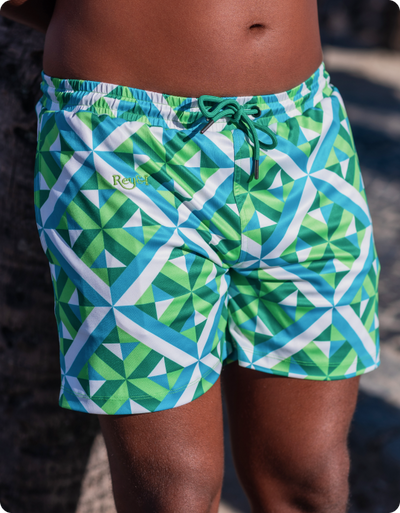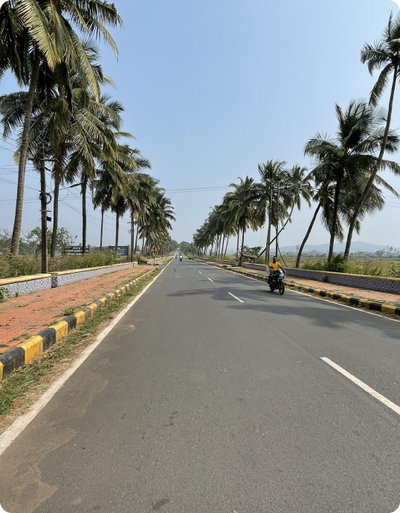A Scorcher of a Summer
As the sun-soaked days of July come to a close, a sobering reality takes centre stage: the world has just experienced the hottest month ever. Overall, July 2023 was 0.24°C warmer than any other month in recorded history. Extreme heatwaves were experienced in several parts of the Northern hemisphere, including the US, Mexico, Europe and China. These conditions have spilled over to August with deadly wildfires causing destruction in Hawaii and Canada.
This alarming trend, fuelled by the relentless progression of climate change, serves as an urgent wake-up call for humanity to address the dire consequences of our actions.
The intensifying heatwaves witnessed in July are unequivocally linked to anthropogenic factors, primarily the excessive emissions of greenhouse gases into the atmosphere. The burning of fossil fuels, deforestation, and industrial processes release copious amounts of carbon dioxide and other heat-trapping gases, creating a potent greenhouse effect. This results in an amplified warming of the Earth's surface and atmosphere, leading to more frequent and severe heatwaves.
University of Reading climate scientist, Ed Hawkins has created a simple, yet powerful way to communicate the impact of global warming. Warming stripes graphics are visual representations of the change in temperature as measured in each country, region or city over the past 100+ years. Each stripe or bar represents the temperature in that location averaged over a year. For virtually every country, region or city, the stripes turn from mainly blue (cool) to mainly red (warm) in more recent years, illustrating the rise in average temperatures in that location. Data for each country can be found here.
While the evidence of climate change exhibited by the July heatwaves is undeniably distressing, it is also a powerful catalyst for change. Governments, industries, and individuals must unite to address the root causes of climate change and implement immediate measures to curb its effects. Transitioning to renewable energy sources, reforestation, sustainable land management, and embracing energy-efficient technologies are vital steps in mitigating further temperature rise.
Individual actions are equally crucial. Reducing personal carbon footprints through lifestyle changes like using public transportation, consuming locally sourced foods and minimising energy consumption can collectively make a significant impact. Motivation is key. The more immediate we can make the goal – such as making one’s neighbourhood clean and odourless, collecting and segregating waste – the more likely the behaviour change is.
At Rey&I, sustainability sits at our very core. We consume zero plastic in our packaging and encourage our vendors to reduce wastage, reuse scrap and avoid all forms of plastic. Our latest swim short, Indika from the Joule collection is inspired by Hawkins’ design and message. This eye-catching print, fabric made from recycled ocean plastic along with classy additions such as waist adjusters make Indika a one-of-a-kind swim short. Wear it proudly to the beach or to the bar and be an agent of change.









